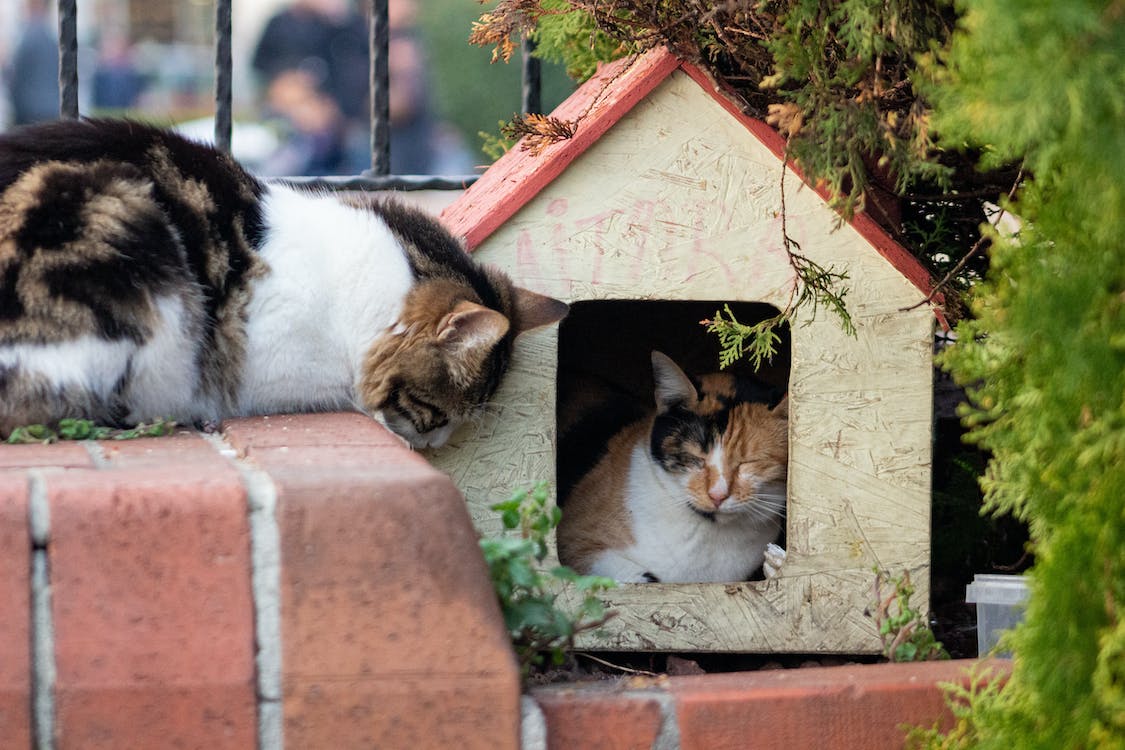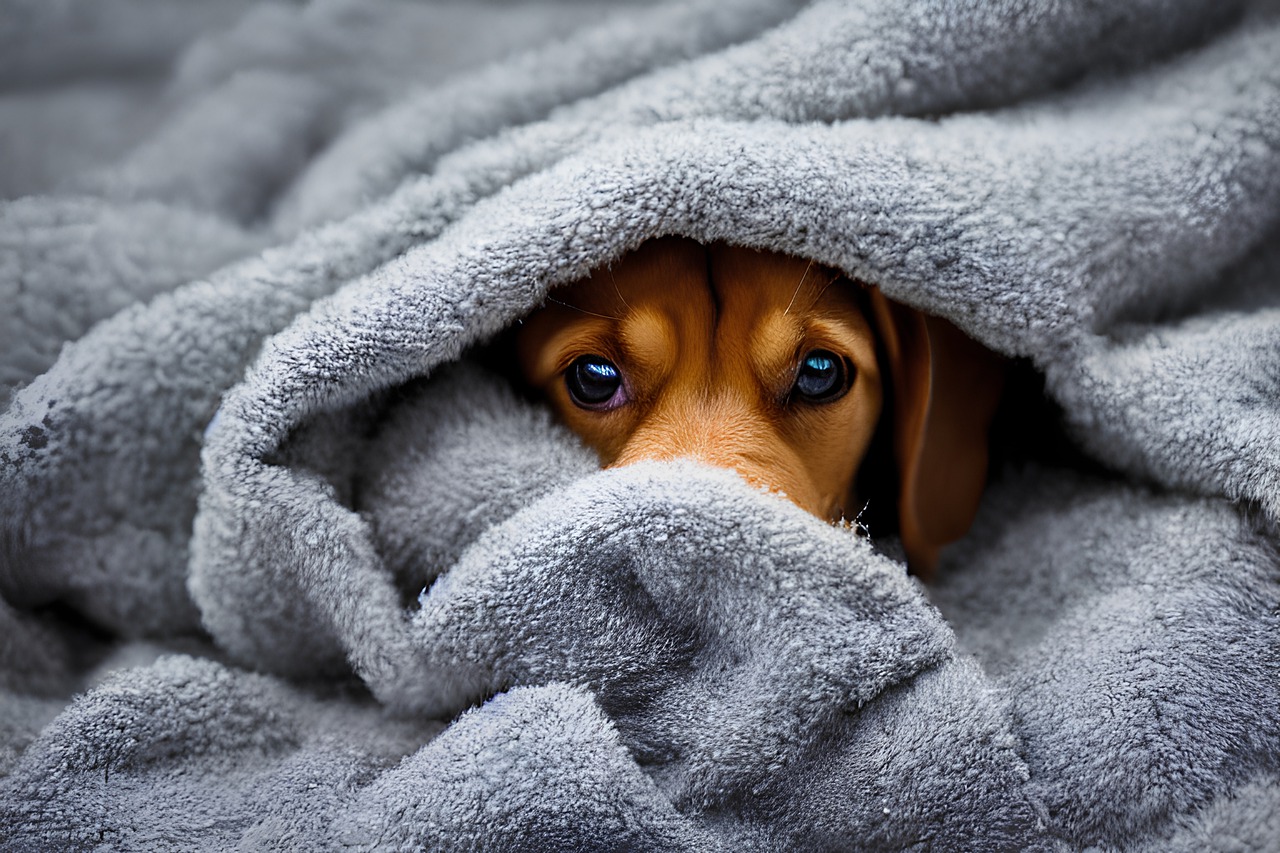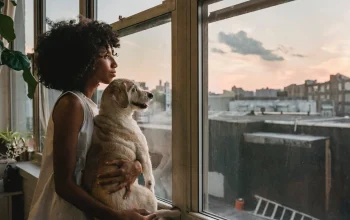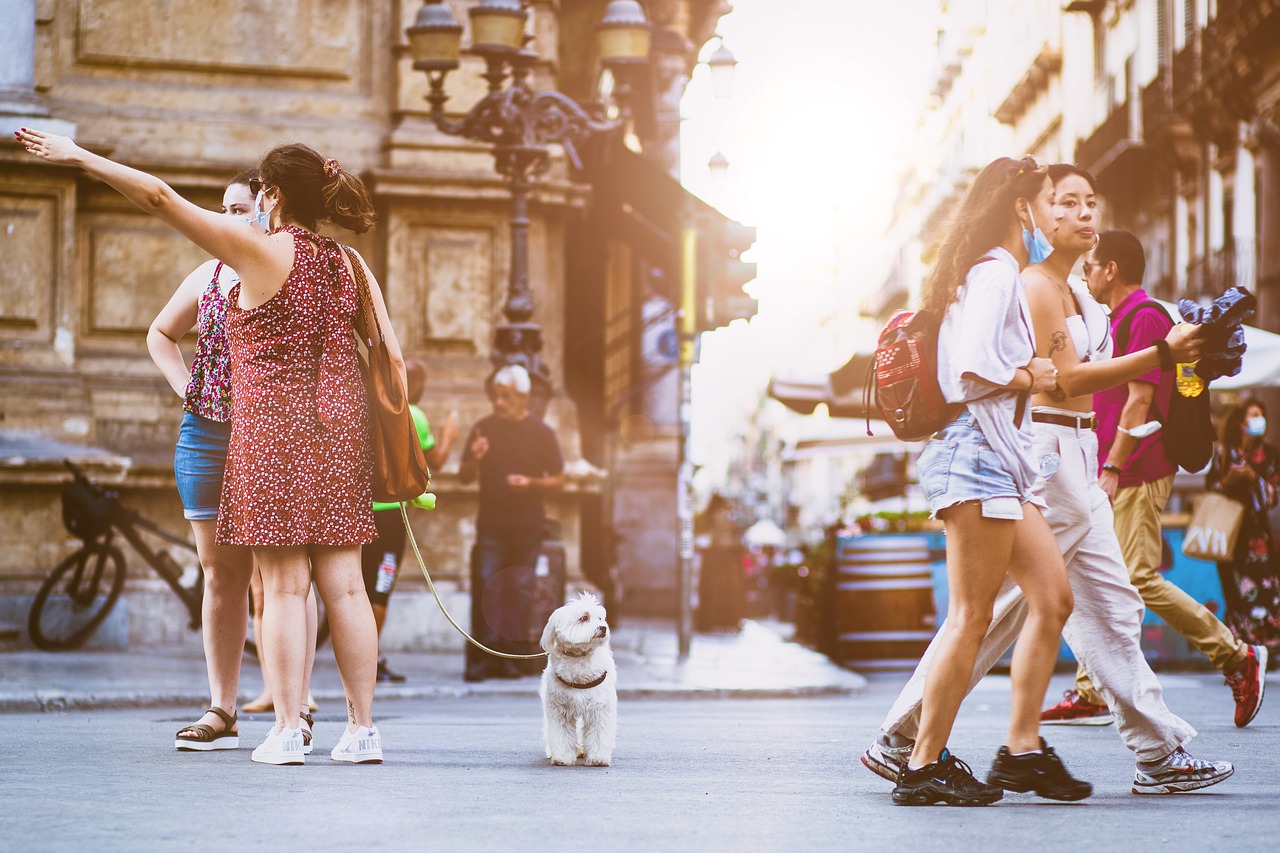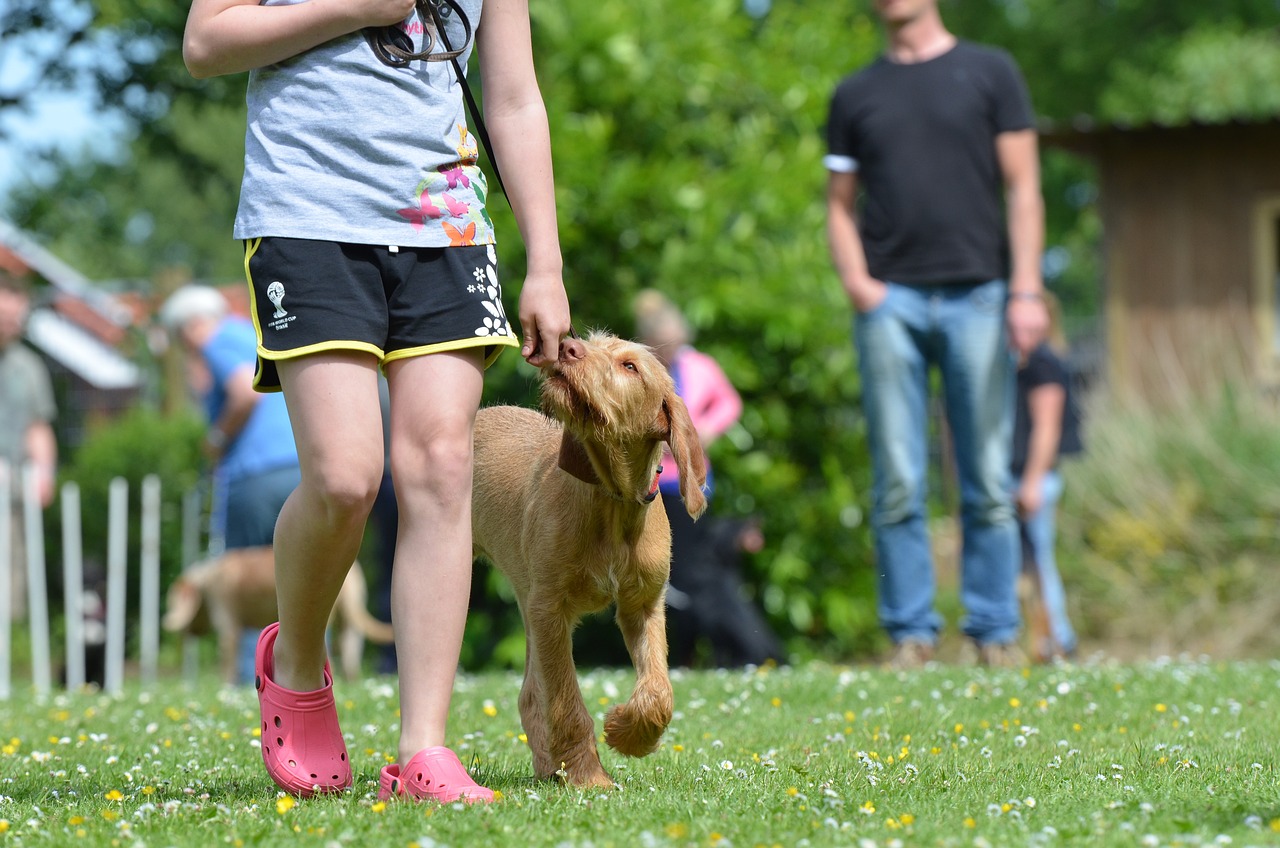Pets are cherished members of our families, providing companionship, joy, and unconditional love. As pet owners, it’s our responsibility to ensure their safety and well-being, especially within the confines of our homes. In this comprehensive guide, we’ll explore the essential steps to safeguarding your furry friends from potential hazards and accidents.
Identifying Potential Hazards
Understanding the common household items and behaviors that can endanger your pet is the first step towards creating a safe environment. From toxic plants and chemicals to small objects that pose choking hazards, it’s crucial to assess your home from a pet’s perspective.
Creating a Safe Environment
Securing toxic substances such as cleaning products and medications in locked cabinets, and keeping hazardous objects like sharp utensils and small toys out of reach can prevent accidents. Providing safe hiding spots and comfortable resting areas allows your pet to retreat to a secure space when needed.
Ensuring Nutritional Safety
Selecting pet-safe foods and treats free from harmful additives and toxins is essential for your pet’s health. Proper storage of pet food in airtight containers not only preserves freshness but also prevents contamination by pests and bacteria.
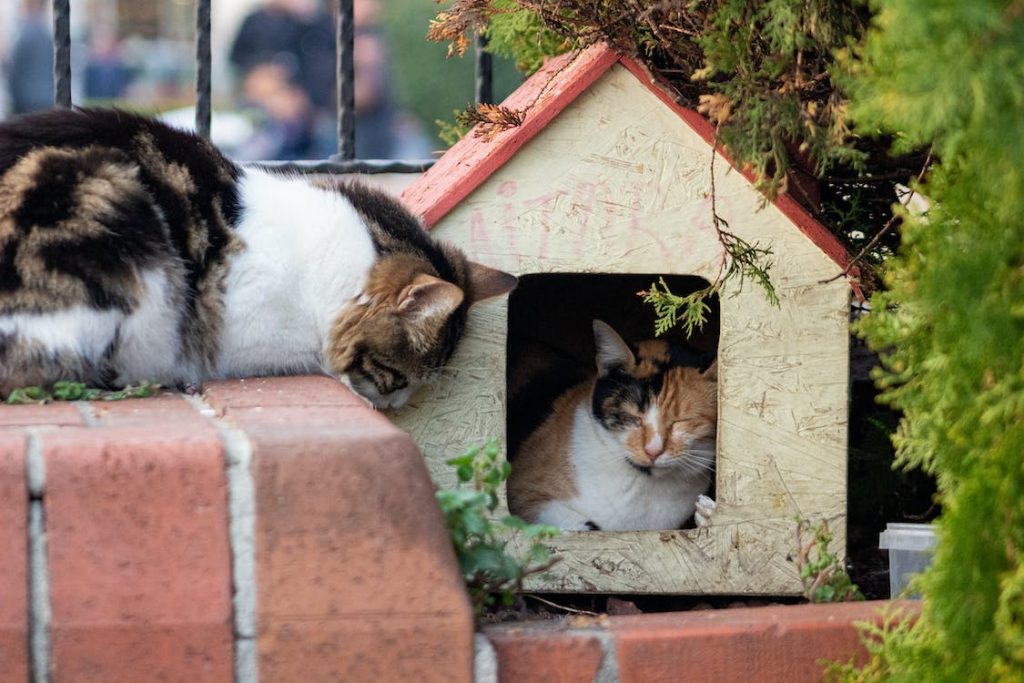
Preventing Accidental Injuries
Mitigating potential risks such as electrical cords and loose wires minimizes the risk of electrocution or strangulation. Installing window screens and securing balcony railings prevents falls, while removing clutter reduces the likelihood of tripping hazards.
Maintaining a Pet-Proof Home
Investing in pet gates and barriers helps designate pet-free zones within your home, protecting them from areas where they might encounter danger. Consistent training and reinforcement of boundaries instill obedience and respect for household rules.
Emergency Preparedness
Having a well-stocked first aid kit tailored to your pet’s needs equips you to handle minor injuries and ailments promptly. Familiarizing yourself with emergency veterinary services ensures swift action in critical situations, potentially saving your pet’s life.
Regular Vet Check-ups
Scheduling routine veterinary visits allows for early detection of potential health issues and provides an opportunity to discuss preventive measures with your veterinarian. Your vet can offer tailored advice on pet safety based on your pet’s age, breed, and lifestyle.

Behavioral Training
Teaching basic commands such as “stay” and “leave it” can prevent pets from engaging in risky behaviors or accessing off-limits areas. Consistent reinforcement and positive reinforcement encourage desirable behaviors and discourage dangerous ones.
Understanding Pet Stress
Recognizing signs of stress such as excessive panting, pacing, or hiding enables you to address underlying causes and create a calming environment for your pet. Providing mental stimulation through interactive toys and activities alleviates boredom and reduces anxiety.
The Role of Exercise
Regular exercise not only promotes physical health but also stimulates mental acuity and prevents destructive behaviors born out of boredom. Engaging in daily walks, play sessions, and interactive games strengthens the bond between you and your pet while keeping them active and happy.
Socialization and Supervision
Introducing your pet to new environments, people, and animals gradually and positively reinforces social skills and reduces fear and aggression. Supervising interactions with children and other pets ensures safety and prevents conflicts.
Incorporating Safety Measures in Home Design
Designing your home with pet-friendly features such as durable flooring, secure fencing, and designated play areas enhances safety and comfort for your pet. Landscaping with pet-safe plants and creating shaded retreats in outdoor spaces allows for safe exploration and relaxation.
Educating Family Members
Educating children about respecting animals’ boundaries and handling them gently instills empathy and responsible pet ownership from a young age. Establishing household rules for interacting with pets promotes harmony and prevents accidents caused by rough play or mishandling.
Conclusion
Prioritizing pet safety at home is a fundamental aspect of responsible pet ownership. By identifying potential hazards, creating a safe environment, and implementing preventive measures, you can provide your furry companions with a secure and nurturing habitat where they can thrive.
FAQs
- Q: How can I prevent my pet from ingesting harmful substances?
- A: Store household chemicals, medications, and toxic plants out of reach or in secure cabinets.
- Q: What should I include in a pet first aid kit?
- A: Essentials such as gauze, adhesive tape, antiseptic wipes, and a pet thermometer are crucial. Consult your vet for personalized recommendations.
- Q: How can I help my pet adjust to a new home environment?
- A: Gradually introduce them to new spaces and routines, provide familiar comforts, and offer plenty of positive reinforcement and reassurance.
- Q: Are there any indoor plants that are safe for pets?
- A: Yes, several pet-safe plants, such as spider plants, Boston ferns, and African violets, can add greenery to your home without posing a threat to your pet’s health.
- Q: What should I do if my pet exhibits signs of distress or illness?
- A: Monitor their symptoms closely and contact your veterinarian for guidance. Prompt veterinary care is essential for addressing health concerns effectively.
